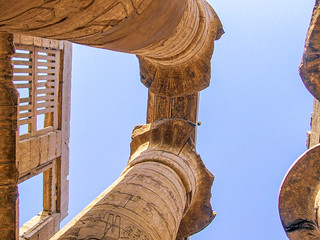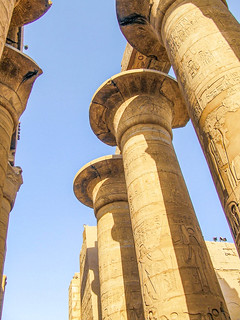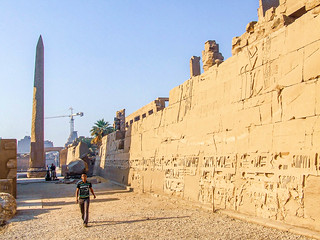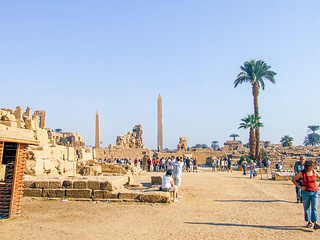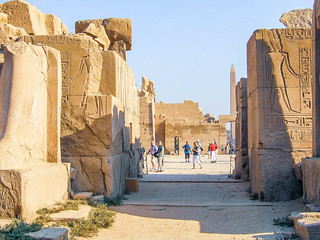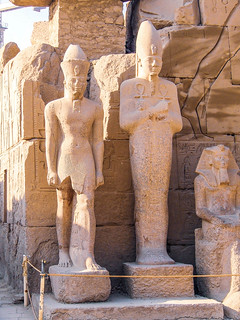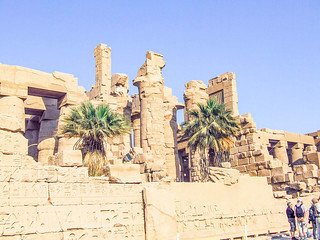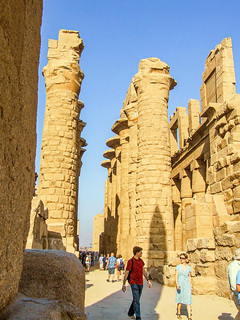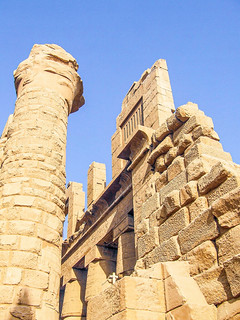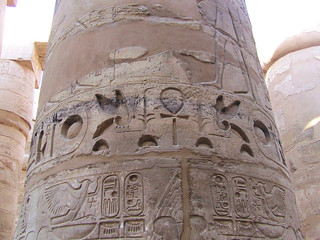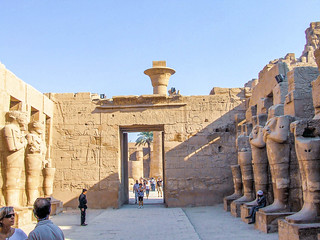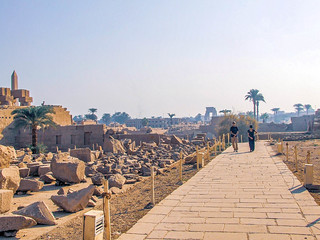About Karnak
Karnak, also called Al-Karnak, village located in Upper Egypt which has given its name to the northern half of the ruins of Thebes on the east bank of the Nile River, including the ruins of the Great Temple of Amon. Karnak and other areas of ancient Thebes—including Luxor, the Valley of the Kings, and the Valley of the Queens—were collectively designated a UNESCO World Heritage site in 1979.
Karnak contains the northern group of the Theban city temples, called in ancient times Ipet-Isut, “Chosen of Places.” The ruins cover a considerable area and are still impressive, though nothing remains of the houses, palaces, and gardens that must have surrounded the temple precinct in ancient times. The most northerly temple is the Temple of Mont, the war god, of which little now remains but the foundations. The southern temple, which has a horseshoe-shaped sacred lake, was devoted to the goddess Mut, wife of Amon; this also is much ruined. Both temples were built during the reign of Amenhotep III (1390–53), whose architect was commemorated by statues in the Temple of Mut.
The most striking feature of the temple at Karnak is the hypostyle hall, which occupies the space between the third and second pylons. The area of this vast hall, one of the wonders of antiquity, is about 54,000 square feet (5,000 square metres). It was decorated by Seti I (reigned 1290–79) and Ramses II (reigned 1279–13), to whom much of the construction must be due. Twelve enormous columns, nearly 80 feet (24 metres) high, supported the roofing slabs of the central nave above the level of the rest so that light and air could enter through a clerestory. Seven lateral aisles on either side brought the number of pillars to 134. Historical reliefs on the outer walls show the victories of Seti in Palestine and Ramses II defeating the Hittites at the Battle of Kadesh.
www.britannica.com




